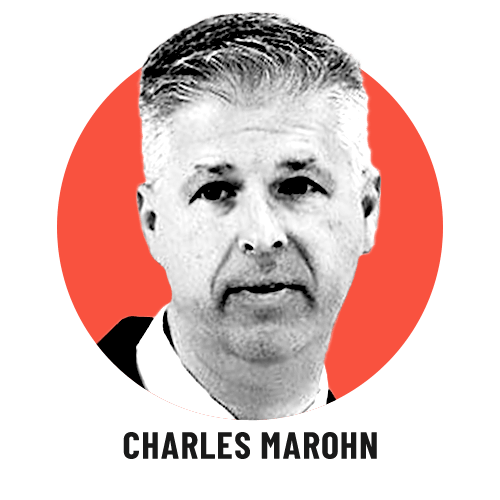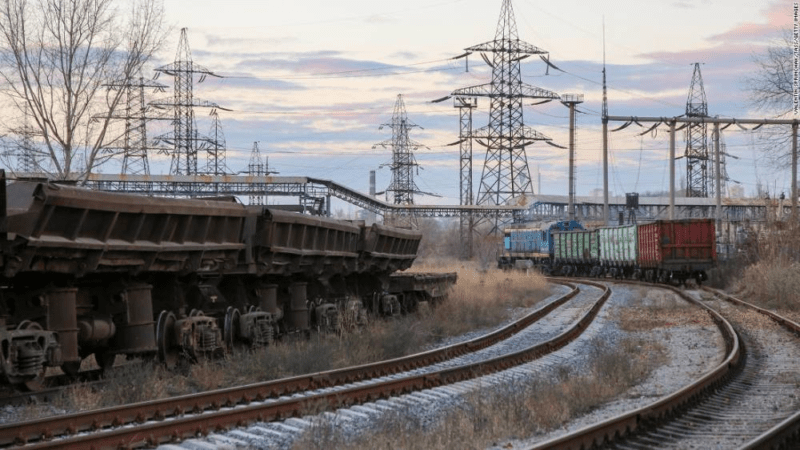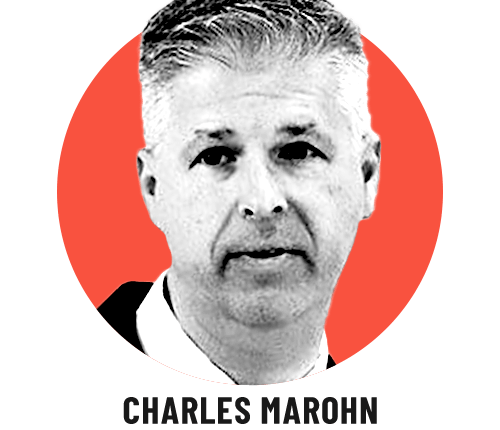Charles Marohn is founder and president of Strong Towns and the author of “Strong Towns: A Bottom-Up Revolution to Rebuild American Prosperity.” The opinions expressed in this commentary are his own.

The next infrastructure bill, which is anticipated this summer, is going to have to do some heavy lifting. Foremost, it will need to be an investment in jobs and economic recovery, putting people back to work in the wake of the pandemic. It will also be expected to make meaningful shifts toward a green economy, fulfilling promises made by many on the campaign trail. Finally, it will need to address racial equity, a core emphasis put forth by President Joe Biden and echoed by Secretary of Transportation Pete Buttigieg.
While the theme coming from Secretary Buttigieg seems to be “go big,” the projects most likely to meet all of the administration’s goals will need to be small, incremental and city-focused. They would repair damage from past grand initiatives instead of launching new ones.
Here are three projects the administration can focus on to make our country stronger and more prosperous:
End the interstate building in Shreveport
The interstate system authorized by the administration of President Dwight D. Eisenhower was essentially completed over 40 years ago, with only a handful of pesky segments left unfinished. One of those is in Shreveport, Louisiana, where the Interstate 49 Inner-City Connector project is planned to run through the historic African-American neighborhood of Allendale.Read MoreThe project has stalled for decades, a proper indication of how little value the new highway segment will provide. At $800 million, the three-mile I-49 connector costs 25% more than the entire 2020 budget of the Louisiana Department of Transportation, despite accommodating what is estimated to be just 235 through trips per day. Louisiana is a state with $7.6 billion in needed bridge repairs, among other transportation shortfalls. Not only does the I-49 project divert funds from more urgent projects, the purported benefits come primarily from relocating franchise restaurants and big box stores from one part of the city to another. This is not creating prosperity. The Allendale neighborhood should be booming; instead it is trapped in financial purgatory, struggling to attract investment from anyone other than land speculators waiting for a windfall from the government’s highway investment. The quickest, easiest and most powerful way for Buttigieg to fulfill his promise to “rebuild our nation’s infrastructure into something that creates opportunities for all, especially those who have been historically shut out” is to declare the interstate system complete, permanently ending all planning for these final segments and freeing Allendale and poor neighborhoods like it from this funding-induced tyranny.
Bury the highway that cuts through Austin
When Interstate 35 was constructed through Austin in the 1950s, it cut off the almost entirely Black population of East Austin from the rest of the city, segregating the neighborhood’s residents from the core of the community. With proposals being considered for a major reconstruction of I-35 now underway, there is an opportunity to not only begin to make amends, but to restore part of what was lost.One credible plan has emerged to lower I-35 and then cap the highway with a boulevard for local traffic. This would not only reconnect neighborhoods, but it will also reclaim 136 acres of developable land for a city with massive housing affordability issues, all while maintaining interstate traffic flow.

Bloomberg and Timmermans: Ending global coal subsidies will save livesThis proposal would be a vast improvement on the current plan being considered by the Texas Department of Transportation (TxDOT), which would instead widen I-35 from 12 lanes to 20 lanes, reducing housing and further impairing community connections. The city has asked TxDOT to consider alternatives, but TxDOT seems stuck in an antiquated understanding of its role in building community wealth, not only in Austin but across the state. By supporting the “cut and cap” approach of lowering the highway and reconnecting the city’s street network on top of it, the federal government can refocus the conversation on strengthening Texas’s cities. The short-term cost for the neighborhood-focused alternative is greater, but it will reduce the long-term cost of interstate maintenance. For the federal government, that tradeoff is money well spent — a model for the kind of investment that can be made in other major cities.
Mimic the success of South Bend
For small and mid-sized cities, the administration need only look to Buttigieg’s hometown of South Bend where, as mayor, the secretary dramatically changed the city’s approach to transportation and community investment.Focusing on the struggling downtown, Mayor Pete made investments to shift traffic patterns from high-speed, one-way corridors to two-way streets with much slower speeds. This shift in emphasis allowed public biking and walking projects to pay off through increased private investment. As a result, South Bend has significantly grown housing, jobs, businesses and its overall tax base while improving safety and reducing its long-term liabilities.
Much of this renaissance happened by fixing highway corridors built decades ago through the center of the city. Those highways did great damage to South Bend’s economy while denuding the community’s wealth. Today, they present the greatest opportunity for revitalization. There are many American cities with the same challenge. Federal leadership and resources can shift state departments of transportation to support efforts to undo the damage of past highway building, restoring local communities and reducing long-term maintenance costs in the process.
Source: edition.cnn.com

